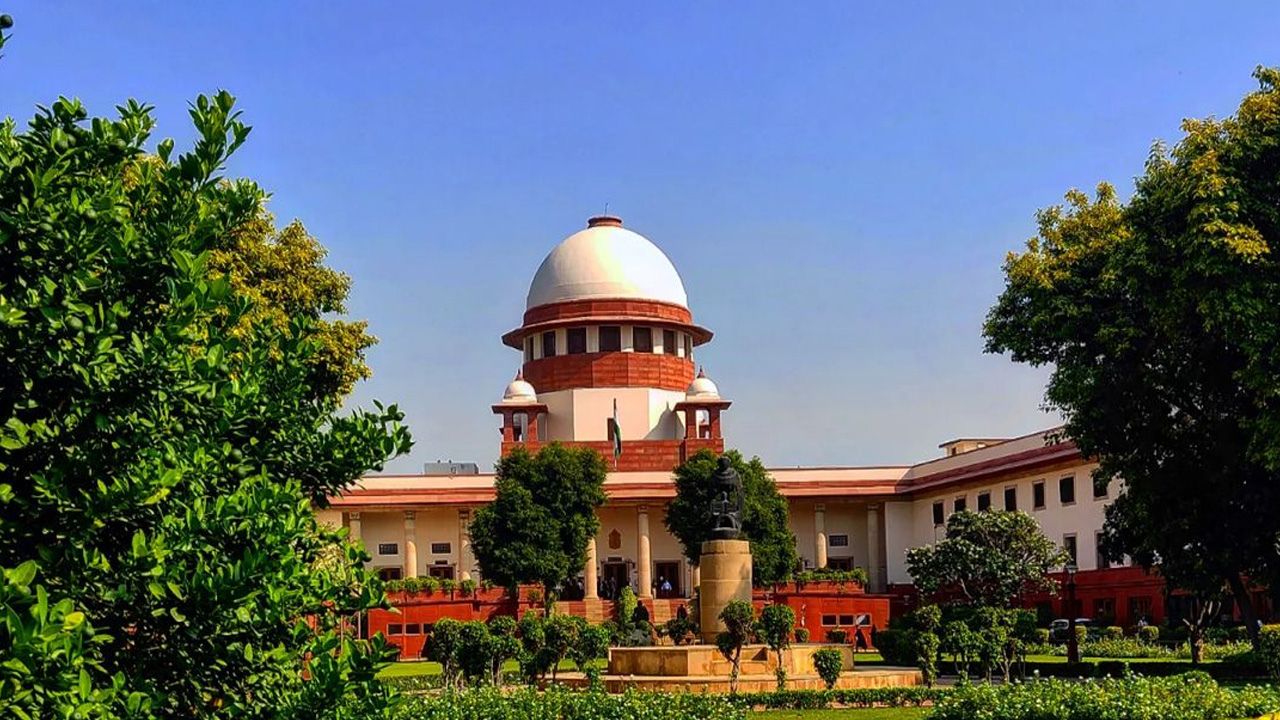 English
English

The President has raised these questions under Article 143(1) in the context of a Supreme Court judgment in which the court had expressed concern over the delay in assent to bills by governors and the President and suggested that timelines should be fixed.

Supreme Court
New Delhi: At a crucial juncture in India's constitutional history, the Supreme Court on Tuesday agreed to hear 14 questions raised by President Draupadi Murmu on the role of governors and the president in the legislative process, the extent of their powers and the judiciary's oversight over them.
According to sources, the President has raised these questions under Article 143(1) in the context of a Supreme Court judgment in which the court had expressed concern over the delay in assent to bills by governors and the President and suggested that timelines should be fixed. The judgment has given a new direction not only to the executive but also to constitutional interpretation.
Who will look into the case?
The five-member Constitution Bench headed by Chief Justice DY Chandrachud includes:
Justice B.R. Gavai
Justice Surya Kant
Justice Vikram Nath
Justice P.S. Narasimha
Justice A.S. Chandurkar
The bench will begin hearings from mid-August, and its legal and political reverberations will be felt far and wide.
Article 143(1): Why did the President get this power?
According to Article 143(1) of the Indian Constitution, the President can seek the opinion of the Supreme Court on any "question of public importance" relating to any law or fact in the interest of the country. Though the opinion of the Supreme Court is not binding, it has a profound impact on administration and the law-making process.
President's 14 questions: Executive versus Judiciary?
The 14 questions asked by the President essentially examine whether the judiciary can impose a time limit on the Governor to approve a bill?
Is the advice of the Council of Ministers binding on the Governor?
Can the decisions of the Governor and the President under Articles 200 and 201 come under judicial review? Can the Supreme Court interfere with their constitutional powers under Article 142? Also, can courts conduct “retroactive hearings” on decisions that have not yet come into force? And is the Supreme Court the only one with the power to settle Centre-State disputes finally?
Why is this case important?
This case is not just a technical interpretation of the legislative process, but it can open the door to a new interpretation of the balance and decorum between the three pillars of the Constitution—the executive, the legislature and the judiciary. While judicial review has been given primacy in earlier Supreme Court judgments, clear lines have also been drawn on the autonomy of the executive. If the Supreme Court gives a clear and firm interpretation on these questions, it will redefine future Centre-State politics, the role of the governor, the procedural powers of the President and the limits of the judiciary.